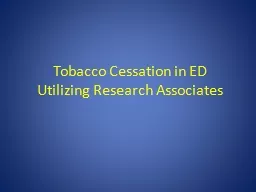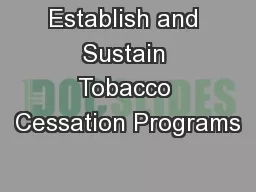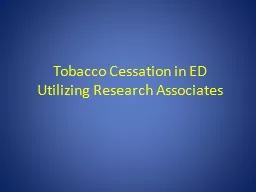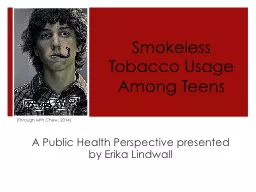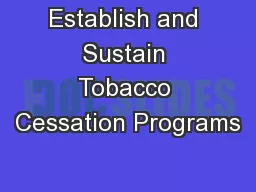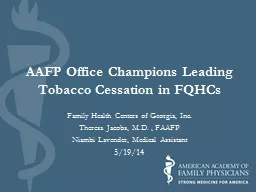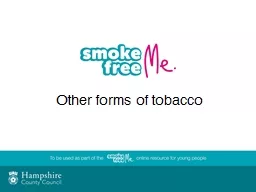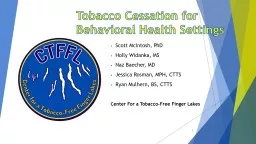PPT-Smokeless Tobacco (ST) Cessation
Author : gelbero | Published Date : 2022-06-08
Kamran Siddiqi Professor in public health University of York Why do ST users need Help with quitting 3 Cotinine levels among tobacco users Smokeless tobacco only
Presentation Embed Code
Download Presentation
Download Presentation The PPT/PDF document "Smokeless Tobacco (ST) Cessation" is the property of its rightful owner. Permission is granted to download and print the materials on this website for personal, non-commercial use only, and to display it on your personal computer provided you do not modify the materials and that you retain all copyright notices contained in the materials. By downloading content from our website, you accept the terms of this agreement.
Smokeless Tobacco (ST) Cessation: Transcript
Download Rules Of Document
"Smokeless Tobacco (ST) Cessation"The content belongs to its owner. You may download and print it for personal use, without modification, and keep all copyright notices. By downloading, you agree to these terms.
Related Documents


